What is On-Page SEO and Why is it Important?
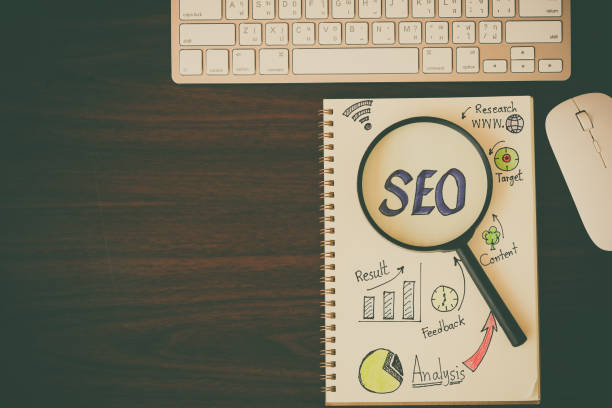
#On-Page SEO, also known as On-Page SEO, is a set of techniques and actions performed within your website to improve its ranking in search engines like Google.
These actions include optimizing content, HTML tags, URL structure, and more. The importance of On-Page SEO stems from the fact that it helps search engines better understand your site’s content and display the most relevant results to users.
Without proper On-Page SEO, even with the best content, your site may not be visible in search results.
In other words, On-Page SEO is the foundation of your site’s visibility in the online world.
By doing On-Page SEO correctly, you can increase organic traffic (traffic obtained through search) and attract your target audience.
On-Page SEO is an essential part of a comprehensive SEO strategy and works alongside off-page SEO to achieve desired results.
On-Page SEO means that your site is optimized for search engines to be easily crawled and indexed.
More information about SEO is available on Wikipedia.
Did you know that 94% of a first impression of a company is related to its website design?
Rasaweb helps you create the best first impression by providing professional corporate website design services.
✅ Create a professional and trustworthy image for your brand
✅ Easily attract potential customers and improve online presence
⚡ Get free consultation for corporate website design
Keyword Research and Choosing the Best Ones
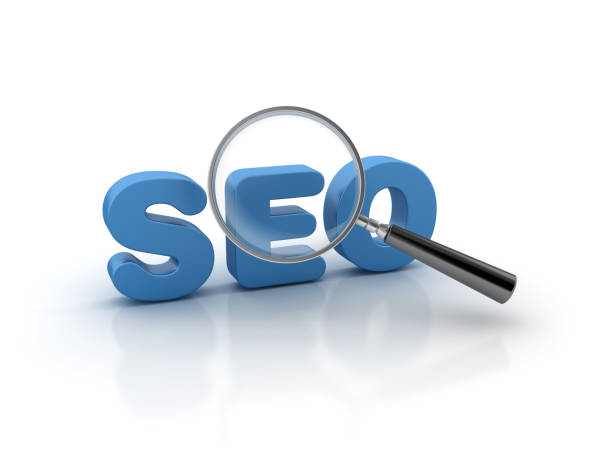
Keyword research is the first step in any SEO strategy.
You need to understand what words your target audience types into search engines to optimize your content accordingly.
There are various tools for keyword research, including Google Keyword Planner, Ahrefs, Semrush, and Moz Keyword Explorer. These tools help you find keywords related to your business, check their search volume, and evaluate the competition level for those keywords.
Choosing the right keywords requires considering several factors.
First, the keywords must be relevant to your site’s content.
Second, they should have a suitable search volume (neither too low nor too high).
Third, the competition level for those keywords should be manageable.
Keywords with very high competition may be harder to rank for. After selecting keywords, you should strategically use them in your content.
This includes titles, subtitles, main text, image tags, and URL addresses.
But note that excessive use of keywords (Keyword Stuffing) can negatively impact your site’s ranking.
Try to incorporate keywords naturally into your text.
Optimizing Titles and Meta Descriptions
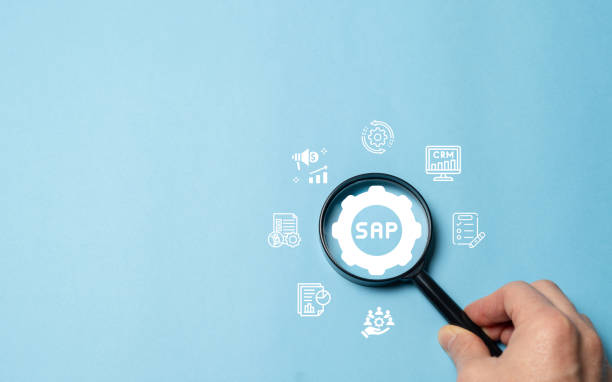
Titles (Title Tags) and Meta Descriptions are among the most important elements of on-page SEO.
Titles are displayed as the main link in search results, and meta descriptions provide a summary of the page’s content.
Optimizing titles includes using main keywords at the beginning of the title, writing attractive and content-relevant titles, and adhering to the appropriate length (around 50-60 characters).
Titles should be such that they entice users to click and, at the same time, inform search engines about what your page is about.
Meta descriptions should also be engaging and persuasive.
They should provide an accurate summary of the page’s content and convince users that by clicking on your link, they will find their answers.
The appropriate length for meta descriptions is approximately 150-160 characters.
Using keywords in meta descriptions is also recommended, but more important is writing an attractive description relevant to the content.
With proper on-page SEO, title tags and meta descriptions are easily identifiable.
| Feature | Titles (Title Tags) |
|---|---|
| Using keywords | At the beginning of the title |
| Appropriate length | 50-60 characters |
| Attractiveness | Enticing for clicks |
| Feature | Meta Descriptions |
|---|---|
| Summary | Accurate of page content |
| Appropriate length | 150-160 characters |
| Attractiveness | Persuasive for clicks |
Optimizing Content for Search Engines and Users

Content is the king of SEO.
Quality and relevant content is the main factor in attracting audiences and increasing site ranking in search engines.
Your content should be valuable, informative, and engaging to encourage users to stay on the site and share it.
To optimize content for search engines, you should use keywords naturally within the text.
Also, you should organize your content structure well.
Using headings, subheadings, bullet points, and short paragraphs helps content readability and shows search engines what your content is about.
Furthermore, you should use images and videos to make your content more engaging.
Images and videos not only help attract audiences but can also improve your site’s ranking.
Image optimization includes using Alt tags with relevant keywords and reducing image size to increase page loading speed.
Don’t forget that on-page SEO means satisfying search engines and users simultaneously.
Are your e-commerce site visitors leaving before buying? Don’t worry anymore! With Rasaweb’s professional e-commerce website design services, solve the problem of not converting visitors into customers forever!
✅ Significantly increase conversion rate and sales
✅ Unparalleled and engaging user experience
⚡ Contact us now for a free e-commerce website design consultation!
Optimized URL Structure and Internal Links

Optimized URL structure plays an important role in on-page SEO.
Your URLs should be short, descriptive, and include keywords.
Avoid using long and complex URLs with unclear numbers and letters.
For example, the URL /blog/seo-on-page is much better than the URL /page?id=123.
Descriptive URLs help search engines understand the page’s topic and show users what content they will access by clicking on the link.
Internal Links are also among the important factors in on-page SEO.
Internal links are links that connect different pages of your site to each other.
They help search engines understand your site’s structure and help users navigate your site easily.
Use internal links strategically to connect related pages.
For example, if you refer to off-page SEO in an article, you can place a link to the off-page SEO page on your site.
This not only helps users but also shows search engines that your pages are related and provide valuable content.
On-page SEO with internal links can enhance user experience.
Image Optimization and Alt Tags
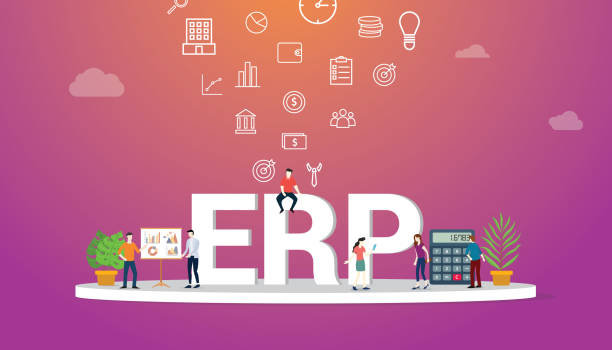
Images play an important role in the attractiveness and user interaction with your site.
But for images to also help your site’s SEO, you need to optimize them.
Image optimization includes several steps:
- Choose the appropriate format: JPEG and PNG formats are suitable for web images.
JPEG is good for photos with many colors, and PNG is suitable for graphics and text images. - Reduce image size: High image size can reduce page loading speed and negatively impact SEO.
Use image compression tools to reduce their size without losing quality. - Use Alt tags: Alt tags are alternative texts that are displayed to users if the image cannot be shown.
Also, search engines use Alt tags to understand the content of images.
Use relevant keywords in Alt tags and provide a precise description of the image.
For example, if you have an image of your company’s logo on the page, you can use the following Alt tag: <img src="logo.jpg" alt="Company logo ... - SEO service provider">.
On-page SEO for images helps improve site ranking.
Website Loading Speed and User Experience
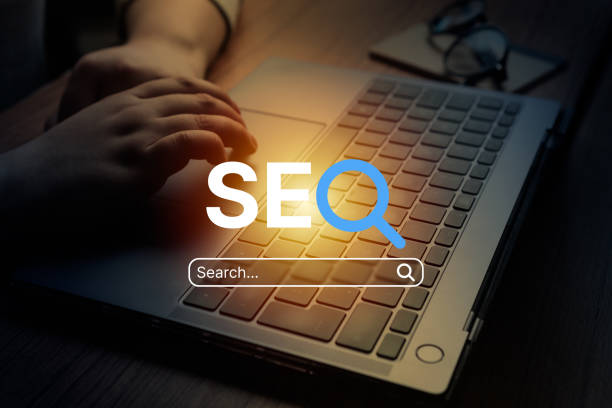
Website loading speed is one of the most important ranking factors in search engines.
Users who have to wait a long time for a page to load are likely to leave the site and go to another site.
Also, search engines prefer sites with high loading speeds.
To increase site loading speed, you can use various methods, including:
- Optimizing images
- Using CDN (Content Delivery Network)
- Enabling Gzip compression
- Reducing the size of CSS and JavaScript files
- Using quality hosting
In addition to loading speed, user experience also plays an important role in SEO.
A site with a suitable design, easy navigation, and valuable content is likely to keep users satisfied and achieve a higher ranking in search engines.
On-page SEO helps improve user experience.
| Factor | Impact on SEO |
|---|---|
| Loading speed | Direct impact on ranking |
| User experience | Indirect impact on ranking (through bounce rate and dwell time) |
| Method | Goal |
|---|---|
| Image optimization | Reduce size and increase speed |
| Using CDN | Content distribution and speed increase |
Mobile Optimization

Given that most internet users access websites via mobile devices, mobile optimization is of particular importance.
Google also gives higher rankings to mobile-optimized sites.
To optimize your site for mobile, you should use Responsive Design.
Responsive design means that your site automatically adapts to the screen size of the user’s device.
Also, you should use readable fonts, large buttons, and appropriate spacing between elements so that mobile users can easily interact with your site.
Furthermore, you should also consider the site’s loading speed on mobile devices.
Mobile users often use the internet at slower speeds, so your site should load quickly to avoid losing them.
Mobile-centric on-page SEO is a necessity in today’s world.
Is your e-commerce site ready to attract maximum customers and increase sales? Rasaweb transforms your online business with modern and efficient e-commerce website design.
✅ Increased speed and improved SEO
✅ Excellent user experience on mobile and desktop⚡ Get a free e-commerce website design consultation from Rasaweb!
Using Schema Markup
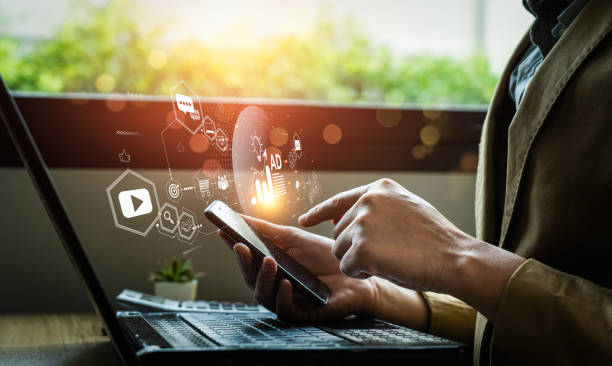
Schema Markup is a markup language that helps search engines better understand your page’s content.
By using Schema Markup, you can provide additional information about your content, such as content type (article, product, event), author name, publication date, etc.
This additional information helps search engines display search results more accurately and attractively.
For example, if you have published a recipe on your site, you can use Schema Markup to indicate the dish name, ingredients, cooking time, and user ratings.
This information is displayed in search results and encourages users to click on your link.
Using Schema Markup is a great way to improve your on-page SEO and increase your site’s organic traffic.
On-page Schema helps search engines better understand the site’s content.
Monitoring and Analyzing On-Page SEO Results
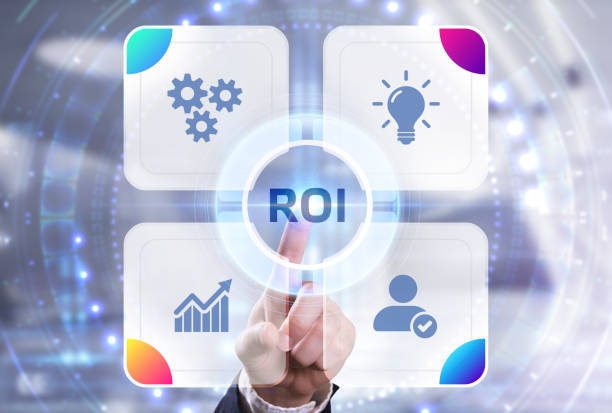
On-page SEO is an ongoing process.
After implementing optimization measures, you should regularly monitor and analyze your results.
Use tools like Google Analytics and Google Search Console to track organic traffic, keyword rankings, and technical issues with your site.
By analyzing this information, you can understand which of your actions have been effective and which need improvement.
For example, if you notice that your organic traffic is increasing, this indicates that your on-page SEO strategy is working.
But if you notice that your keyword rankings are decreasing, this indicates that you need to take more action.
Monitoring and analyzing on-page SEO results help you optimize your strategy and achieve the best results.
With continuous on-page SEO, you can improve your site’s ranking in search engines and increase your organic traffic.
On-page SEO requires continuous review and analysis.
Frequently Asked Questions
| Question | Answer |
|---|---|
| What is On-page SEO? | On-page SEO refers to a set of actions performed within your website to improve its ranking in search engine results. This includes optimizing content, site structure, and HTML code. |
| Why is On-page SEO important? | On-page SEO helps search engines understand your page’s content and determine if your content is relevant to searchers. It is the foundation of any successful SEO strategy. |
| What are the key elements of On-page SEO? | Page title (Title Tag), Meta Description, keyword usage, image optimization, heading structure (H1, H2, …), internal linking, and content quality are key elements. |
| How to optimize the page title (Title Tag)? | The page title should include the main keyword, be attractive and persuasive for clicking, and its length should be between 50 to 60 characters (or appropriate pixels) to be fully displayed in search results. |
| What role does Meta Description play in On-page SEO? | The meta description is a summary of the page’s content displayed below the title in search results. Although it does not directly affect ranking, it helps SEO by increasing the click-through rate (CTR). |
| What is the importance of using heading structure (H1, H2, H3) in On-page SEO? | Headings structure the page content and make it easier to read. H1 is usually the main title of the page and should include the keyword. H2 and H3 are used to organize sub-sections and help search engines understand the content hierarchy. |
| How to effectively use keywords in content? | Keywords should be used naturally and logically throughout the content, including the introduction, body, and conclusion. Avoid keyword stuffing. |
| What steps are involved in optimizing images for On-page SEO? | This includes compressing images to reduce size, using descriptive file names, adding appropriate alternative text (Alt Text), and optimizing the image title and description. Alt Text is crucial for accessibility and helping search engines understand image content. |
| What is Internal Linking and what are its benefits? | Internal linking means creating links from one page on your website to another page on the same website. This helps users navigate your site easily, distributes page authority across the site, and helps search engines better understand your site’s structure. |
| What is the importance of content quality in On-page SEO? | High-quality, accurate, comprehensive, and valuable content for users, is the cornerstone of On-page SEO. Search engines prefer content that meets user needs. Quality content leads to more user dwell time and a lower bounce rate, which are positive SEO signals. |
And other services of Rasaweb advertising agency in the field of advertising
- Smart Website Development: Professional optimization for campaign management using SEO-driven content strategy.
- Smart Marketplace: A professional solution for increasing website visits with a focus on precise audience targeting.
- Smart Sales Automation: A professional solution for increasing click-through rates with a focus on using real data.
- Smart Sales Automation: Professional optimization for online growth using user experience customization.
- Smart Conversion Rate Optimization: A fast and efficient solution for online growth with a focus on Google Ads management.
And over hundreds of other services in the field of internet advertising, advertising consultation, and organizational solutions
Internet advertising | Advertising strategy | Sponsored articles
Resources
On-Page SEO Guide in Iran SEO
Internal Content SEO in SeoSaz
Comprehensive On-Page SEO Guide in Webramz
On-Page SEO Checklist in Mofid SEO
? Are you looking for a big leap in your online business? Rasaweb Afarin, by providing comprehensive digital marketing services including fast website design and professional SEO, and social media management, paves your way to success. With us, experience a powerful and influential presence in the digital world.
📍 Tehran, Mirdamad Street, next to Bank Markazi, Southern Kazeroun Alley, Ramin Alley, No. 6

